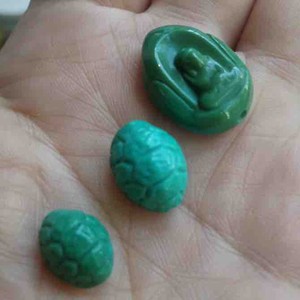
Stay in touch!
Subscribe to our newsletter to get the latest updates on live market analysis, trading strategies and more. You can unsubscribe anytime.
By subscribing, you agree to Trading.live Privacy Policy.



2.4K subscribers

4.9K subscribers

1K subscribers

511 subscribers

520 subscribers

26K subscribers

5.9K subscribers

36K subscribers

82K subscribers

4.4K subscribers









Ask

Post

Group
What is the essence of trading profit?
84K
What is a perfect trading system? Or is there a so-called perfect trading system?
83K
How to be flexible when trading?
76K
There are too many people who have lost money, so I plan to take the path of reverse copying. But looking around, why do so few people make money through reverse copying? In theory it's fine, what's the problem?
64K
How to Trade the "Double Top" Chart Pattern Like a Pro
60K
Why do successful traders not advise others to trade?
52K
Heard of the amazing "20 a day" strategy?
51K
Transaction costs, a profit tool that is often overlooked!
47K
What is the essential difference between a good analyst and a good trader?
45K
Dear Hui friends, how to solve the situation of small profits and big losses?
44K

11K subscribers

5.4K subscribers

938 subscribers

22K subscribers

517 subscribers